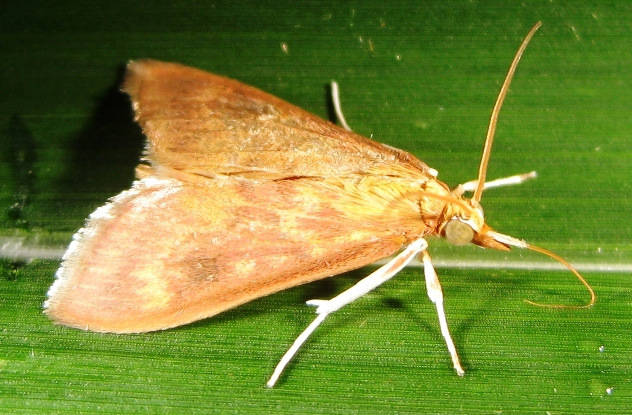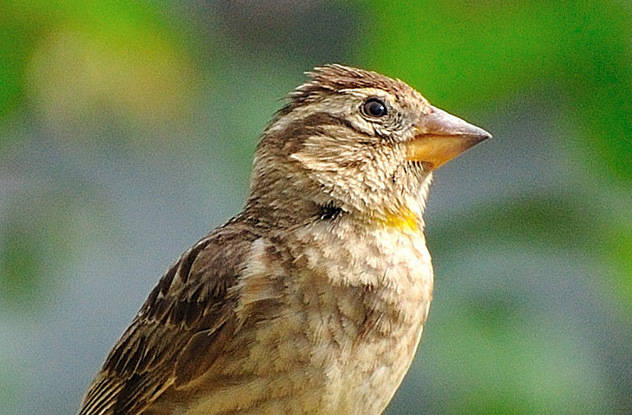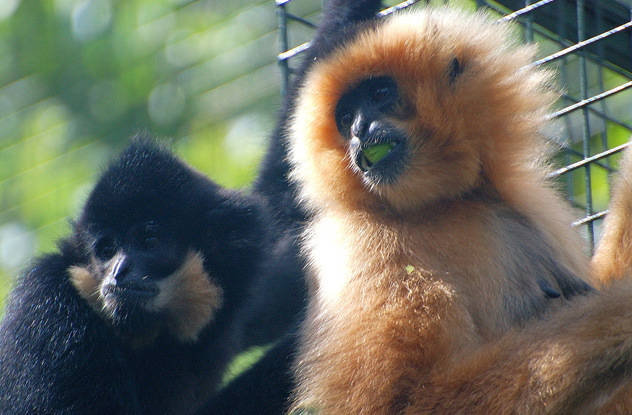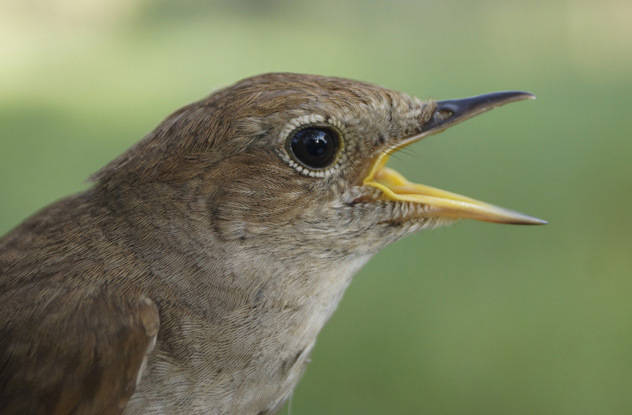8 Animal Things That Seem Eerily Human. #4 Can’t Be Real!
Humans like to think they’re nothing like the rest of the animals we share the world with. After all, a dog can’t use an iPod, and a chimp can’t write a poem, right? So humans must be special!
Maybe not so much, though. Lots of animals share some things that we usually reserve just for people, and they’re a lot more like us than we think! Animals do a lot of the things we do, including gossiping. Not so different, after all!
1.) Moths like to talk dirty to each other.

Moths originally evolved a set of ears in order to hear bats approaching. But over time, they developed several sneaky features. One is to actually create the sound of an approaching bat in order to have a female moth freeze. Another is for species of moths to communicate their sexual desires to each other in an ultrasonic (quiet) fashion.
2.) Whale songs are like human songs: they have their favorites!
Male humpback whales in the South Pacific have mating songs that usually spread from west to east over a period of one mating season. They do this by a few whales joining a new group, and spreading the most popular song. And just like humans, they innovate quickly and move onto the next big thing, with only two or three months between best hits.
3.) Turtles like to talk to other turtles about their children.

Using unique noises to keep track of their offspring, and even talk with their kids in their eggs (the kids even talk back!), the female Giant South American River Turtles alternate between low and high frequency tones. Although scientists don’t yet know the reasoning for the different tones, they’re still fascinated by the communication between mother and child.
4.) Bats croon love songs to each other.

Because they don’t rely on sight, and have only one-tenth of a second to draw the attention of females, it’s often the bat with the most romantic song that gets the ladies. Even when he does get her though, he has to keep his material fresh and constantly make up new songs until mating is finished in order to keep her from becoming bored and leaving.
5.) Unlike songbirds, who are downright nasty to each other and like to sling insults and curse words!

Do you think it’s cute when birds sing? Think again. “Song-sharing, where birds sing a smaller number of their species’s greatest hits, is a more aggressive and attention-seeking behavior,” according to researcher Janet Lapierre from the University of Western Ontario. “It’s also a behavior most often displayed by belligerent older males.” Additionally, when one sparrow gets into another’s territory, copying of the song to display dominance can be shown, along with “cursing out” the offender by violently flapping a wing or two at them.
6.) Female sparrows go gaga for a well-voiced male sparrow.

In the sparrow world, the older the sparrow, the slower pace and higher pitch a song becomes. Which makes them rock stars, and the envy of all the lady sparrows. However, after becoming pregnant, these females often “settle” with their younger counterparts who are more able to take care of them for the long term.
7.) Animals can have accents.

Similar to the differences between a Southern accent, and a Boston one, crested gibbons (related to the apes we’re familiar with) roam the jungles of Cambodia, China, Laos, and Vietnam. By singing long-distance duets to seduce their mates and map out their territories, researchers have found that “[e]ach gibbon has its own variable song. But, much like people, there is a regional similarity between gibbons within the same location,” says evolutionary biologist Van Ngoc Thinh.
8.) Nightingales age well; they get more attractive the older they are.

Similar to the older male sparrows, male nightingales are more sought after with age. The difference though is that the nightingales are MUCH better singers than the sparrows. With the difference growing exponentially the older they get. It’s this difference that makes female nightingales far pickier when it comes to the males they mate with, and why they’re far more likely to stick with the older ones they meet.

